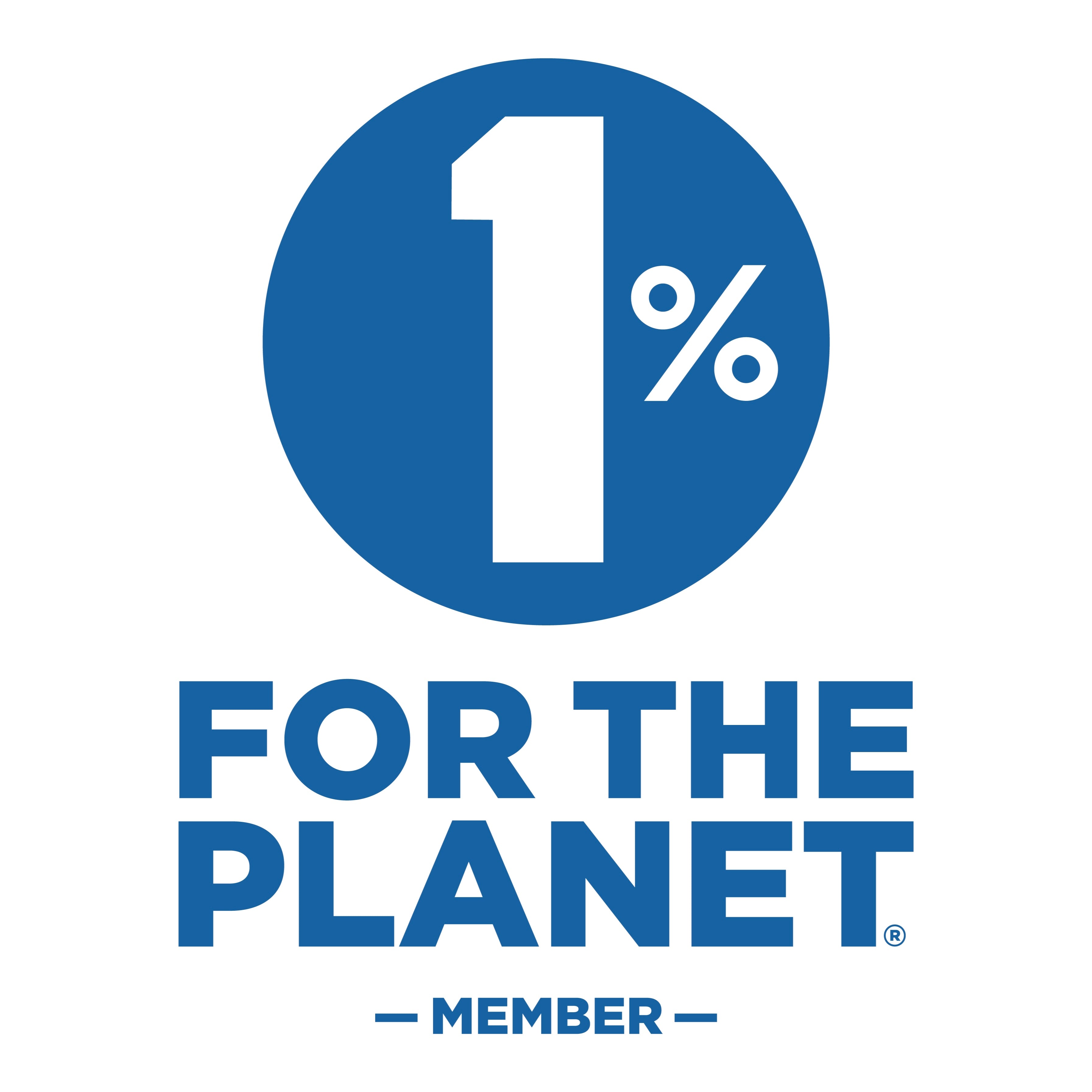At Ateliers Verts® we often highlight apparel and soft houseware items made from Organic Cotton. So we thought it might be helpful to put together an Organic Cotton and related topics guide.
What is Organic Cotton?
Organic Cotton is non-GMO cotton that has been grown without the use of harmful pesticides or chemicals such as fertilisers. Non-GMO cotton means the plant was created without genetic engineering. (GMO-Genetically Modified Organism - For example, you may engineer cotton seeds to be resistant to pests)
Why is Organic Cotton better?
It uses 62% less energy to grow, can use up to 91% less water to grow and releases 46% less CO2 than conventional cotton. It helps to protect growers and the environment from the effects of inorganic chemicals and growing it improves soil fertility and the livelihood of the farmers and local communities.
Is Cotton a ‘good crop’ ?
Not really- it’s thirsty and is often grown in drought prone regions adding to the water-stress. In fact it accounts for 69% of the water footprint of the entire textile industry whilst only producing 21% of the clothes we wear. 1kg of cotton takes between 10,000-20,000L of water to produce, and making a cotton shirt takes around 2,700L of water.
Is there a governing body for Organic Cotton?
Well not really, but there is a global non-profit called the Textile Exchange who have created a community for those in the fibre and fabric industry. They promote industry standards, measure and collect data to help brands, retailers and suppliers. Among their Standards are OCS (Organic Content Standard) which certifies organic content in the supply chain and GOTS (Global Organic textile Standard) which certifies organic fibre levels in fabrics. (Logos above see textileexchange.org)
How much Organic Cotton makes up an Organic Cotton item?
GOTS dictates that the Organic Cotton content needs to be 95% or above to be called organic.
What is Elastane?
You often see fabric which lists its content as 95% Organic Cotton and 5% Elastane. 5% is the maximum permissible GOTS limit to keep it being labelled as organic.
Elastane is a fossil fuel derived polymer and helps the garment stretch more. Lycra and Spandex are essentially elastane.
How much Organic Cotton are you allowed to say “Made with Organic Cotton”
GOTS dictates the Organic Cotton content needs to be 70% or above. E.g. 70% Organic Cotton and 30% conventional cotton
What is BCI Cotton?
Better Cotton Initiative (BCI)is a non-profit multi stakeholder governance group which educates the farmer on how to maximise the cotton crop yield, protect the environment and provide a better livelihood for themselves and their families and communities.
Is BCI Cotton the same as Organic Cotton?
BCI-grown cotton is usually conventional cotton, so not Organic Cotton. It is a good initiative and a positive step in the right direction. Hopefully the growers will progress to organic farming practices.
How much of the world’s cotton production is Organic?
Tiny at 0.95%!
Which countries grow most Organic Cotton?
India 6.2MT, China 6.2 MT, USA 3.6MT, Brazil 2.3MT (2021)
Are politics important?
Yes, politics play a part in Organic Cotton sourcing. Some countries have experienced fraud where cotton was labelled as organic when in fact it wasn’t. Some countries have been ostracised for the poor treatment of their population and destruction of their environment meaning suppliers don’t want to source from them.
Are Organic Cotton items more expensive than regular cotton items?
They can be- if you pay more for a raw material like Organic Cotton and help support the growing communities in the process, the end product will inevitably be more expensive,
How long should you wear an Organic Cotton product for?
Years! – If you pay more for a product you should keep it longer.
What should I do with my Organic Cotton item when I’ve finished with it?
Don’t ever throw it in the bin! Recycle it in a clothes recycling bin or Use it as a cleaning cloth and then recycle it or If it’s in reasonable shape, re-sell it on a marketplace, or donate it to a charity shop.
So Is Organic Cotton a Panacea?
No, we believe in a sustainable circular economy – so really we should be wearing clothes that are made from recycled cotton and recycled polyester.
Also some fabric manufacturers believe weaving and dying 100% organic cotton is harder than conventional cotton due to the fibres’ composition.
#MinimiseOurHumanFootprint
©Ateliers Verts Ltd. 2022
Back to: Ateliers Verts® The Magazine





